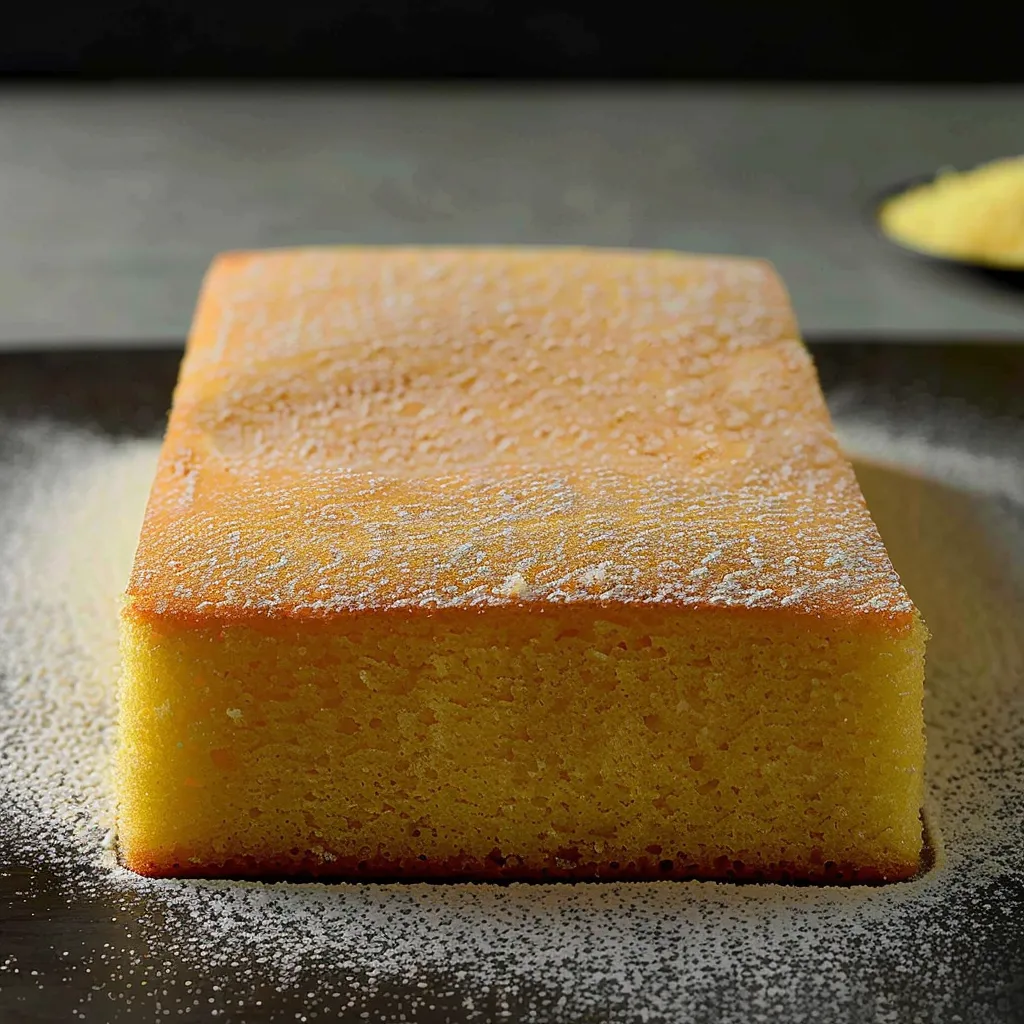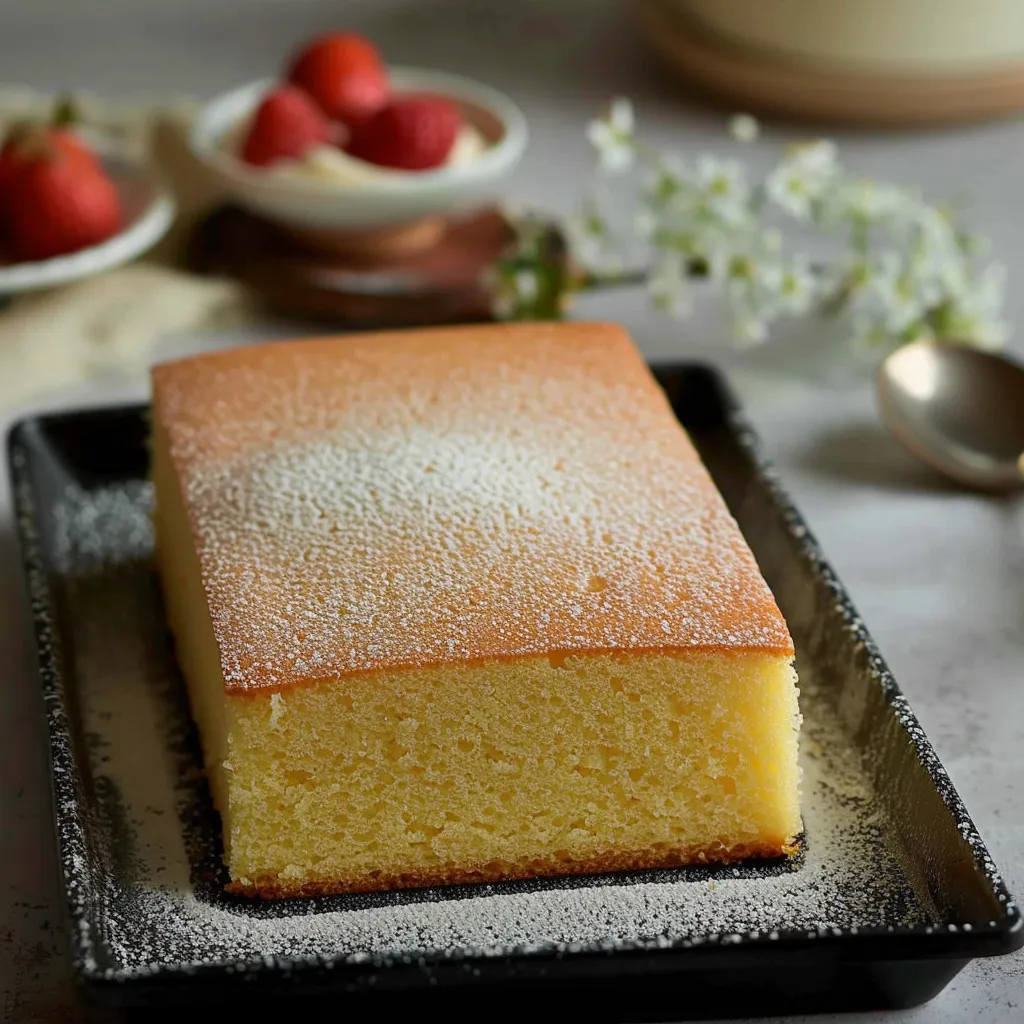 Pin it
Pin it
The classic French madeleine sponge is the perfect delicate base for any layered dessert. This special version, adapted specifically for entremets, provides an airy yet sturdy texture that holds up beautifully under layers of mousse or cream. In our family bakery, it has become the go-to foundation for our most elegant desserts.
Recently, I used this sponge base for a vanilla-berry entremet. Its ability to gently absorb flavors while keeping its shape reminded me why it remains my favorite choice for layered cakes.
Essential Ingredients
- Eggs: Use room temperature eggs (20-22°C) for optimal volume
- All-Purpose Flour: Medium protein content ensures flexibility without toughness. Sifting is essential
- Butter: Choose quality unsalted butter. Melt gently below 45°C to avoid cooking the eggs
- Sugar: Fine sugar dissolves more easily in the batter
- Baking Powder: Fresh leavening agent ensures proper rise
Step-by-Step Instructions
- 1. Initial Setup (5-7 minutes)
- Begin with room temperature ingredients. Slowly melt butter using 20-second microwave intervals or a double boiler until just warm to touch. Sift flour and baking powder together for smoothest results.
- 2. Egg Mixture (5-6 minutes)
- Place eggs and sugar in mixer bowl. Start beating at medium speed for 1 minute, gradually increasing. Mixture should triple in volume and form ribbons when lifted.
- 3. Dry Ingredient Addition (2-3 minutes)
- With mixer running, slowly rain in the flour mixture. Timing is crucial - too fast creates lumps, too slow deflates the batter.
- 4. Final Steps and Baking (15-17 minutes)
- Gently stream in warm butter and any flavoring. Spread batter quickly and evenly. Bake at 200°C until golden but not dark.
An old family secret passed down from my grandmother: the key to perfect madeleine sponge lies in patiently beating the egg mixture.
 Pin it
Pin it
Using Your Sponge
Perfect for fruit-based entremets, this sponge absorbs flavored syrups while maintaining its structural integrity.
Final Thoughts: This madeleine sponge base for entremets provides the perfect foundation for creative pastry work. Its versatility and balanced texture make it essential in any passionate baker's repertoire.
Frequently Asked Questions
- → Why does the melted butter need to cool down first?
- If the butter is still warm, it can deflate the whipped eggs, making the biscuit less fluffy.
- → Can I freeze this biscuit later?
- Absolutely! Once it’s cooled, wrap it tightly in plastic wrap. It keeps well in the freezer for up to a month.
- → How do I adjust amounts for different sizes?
- For a 22cm baking ring, reduce the amount by roughly 40%. For other sizes, scale measurements accordingly.
- → Why sift the flour and baking powder?
- Sifting eliminates lumps, allowing the ingredients to mix evenly. This makes a smoother batter and better texture.
- → How can I check if it’s fully baked?
- The top should be slightly golden. When you gently press it, the surface should bounce back.
